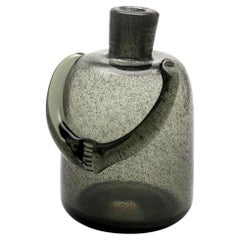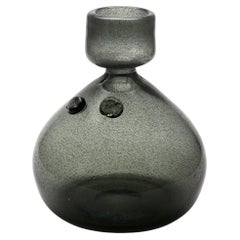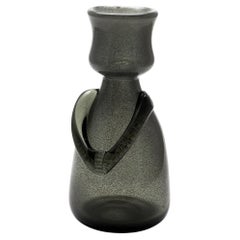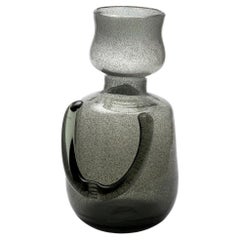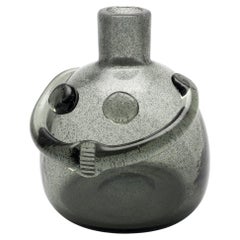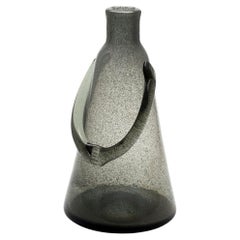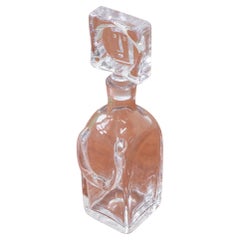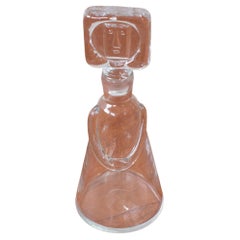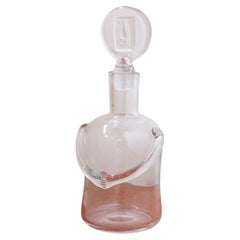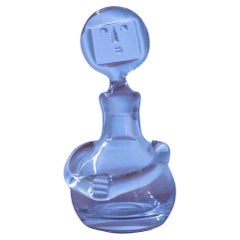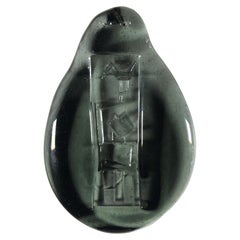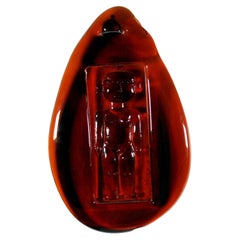Erik Hoglund People
Vintage 1950s Swedish Scandinavian Modern Vases
Blown Glass
Vintage 1950s Swedish Scandinavian Modern Vases
Blown Glass
Vintage 1950s Swedish Scandinavian Modern Vases
Blown Glass
Vintage 1950s Swedish Scandinavian Modern Vases
Blown Glass
Vintage 1950s Swedish Scandinavian Modern Vases
Blown Glass
Vintage 1950s Swedish Scandinavian Modern Vases
Blown Glass
Vintage 1950s Swedish Scandinavian Modern Vases
Blown Glass
Vintage 1950s Swedish Scandinavian Modern Barware
Blown Glass
Vintage 1950s Swedish Scandinavian Modern Barware
Blown Glass
Vintage 1950s Swedish Scandinavian Modern Barware
Blown Glass
Vintage 1950s Swedish Scandinavian Modern Barware
Blown Glass
Recent Sales
Vintage 1960s Abstract Sculptures
Glass
Vintage 1960s Abstract Sculptures
Glass
Vintage 1960s Barware
Glass
Vintage 1960s Barware
Glass
Vintage 1950s Swedish Scandinavian Modern Barware
Blown Glass
Vintage 1950s Swedish Scandinavian Modern Vases
Blown Glass
Vintage 1960s Swedish Mid-Century Modern Glass
Art Glass
Vintage 1950s Swedish Scandinavian Modern Barware
Blown Glass
Vintage 1950s Swedish Scandinavian Modern Barware
Blown Glass
Mid-20th Century Swedish Scandinavian Modern Bottles
Glass
Mid-20th Century Swedish Mid-Century Modern Barware
Glass, Blown Glass
Mid-20th Century Mid-Century Modern Bottles
Vintage 1950s Swedish Mid-Century Modern Decorative Objects
Erik Hoglund People For Sale on 1stDibs
How Much are Erik Hoglund People?
Erik Höglund for sale on 1stDibs
Swedish glass master Erik Höglund reveled in unconventional techniques and practices — the Karlskrona native once drove glassblower Ruben Hjelm out of a studio at Boda after mixing potatoes into a crucible of molten glass to determine if he could generate bubbles in the finished object. Höglund always walked his own path, and his individuality and creative spirit defines the range of decorative objects, lighting fixtures and other works in glass that he created over the years.
Höglund was born in 1932 and studied drawing and sculpting at the Swedish School of Arts. Despite his limited experience with glass, Höglund joined Boda Glassworks when the manufacturer reached out to the school for the services of a young glass artist. He taught himself how to blow glass at night and found inspiration on travels through Europe as well as in his everyday life, creating sculptures that boasted exquisite color pairings and subdued, streamlined forms. He worked at Boda for 20 years.
The Swedish National Museum purchased Höglund’s early works for an exhibition of Swedish glass art, and in 1957, Höglund’s stunning and expressive objects and sculptures earned the Danish Lunning Prize — the highest honor for an up-and-coming Scandinavian artist. He garnered international acclaim and his colorful iron and glass candleholders, candelabras and vases went on display in New York City. His work is held in the collections of the Blekinge Museum, the National Museum of Stockholm and the Cooper Hewitt, Smithsonian Design Museum.
Höglund left Boda in 1973 to establish his own smithery. He returned to glass design in the subsequent years, when the legendary innovator created richly colored and provocative works for Pukeberg, Åhus, Nový Bor and other manufacturers.
On 1stDibs, find a collection of Erik Höglund decorative objects, lighting and dinnerware.
Finding the Right Decorative Objects for You
Every time you move into a house or an apartment — or endeavor to refresh the home you’ve lived in for years — life for that space begins anew. The right home accent, be it the simple placement of a decorative bowl on a shelf or a ceramic vase for fresh flowers, can transform an area from drab to spectacular. But with so many materials and items to choose from, it’s easy to get lost in the process. The key to styling with antique and vintage decorative objects is to work toward making a happy home that best reflects your personal style.
Ceramics are a versatile addition to any home. If you’ve amassed an assortment of functional pottery over the years, think of your mugs and salad bowls as decorative objects, ideal for displaying in a glass cabinet. Vintage ceramic serveware can pop along white open shelving in your dining area, while large stoneware pitchers paired with woven baskets or quilts in an open cupboard can introduce a rustic farmhouse-style element to your den.
Translucent decorative boxes or bowls made of an acrylic plastic called Lucite — a game changer in furniture that’s easy to clean and lasts long — are modern accents that are neutral enough to dress up a coffee table or desktop without cluttering it. If you’re showcasing pieces from the past, a vintage jewelry box for displaying your treasures can spark conversation: Where is the jewelry box from? Is there a story behind it?
Abstract sculptures or an antique vessel for your home library can draw attention to your book collection and add narrative charm to the most appropriate of corners. There’s more than one way to style your bookcases, and decorative objects add a provocative dynamic. “I love magnifying glasses,” says Alex Assouline, global vice president of luxury publisher Assouline, of adding one’s cherished objects to a home library. “They are both useful and decorative. Objects really elevate libraries and can also make them more personal.”
To help with personalizing your space and truly making it your own, find an extraordinary collection of decorative objects on 1stDibs.
